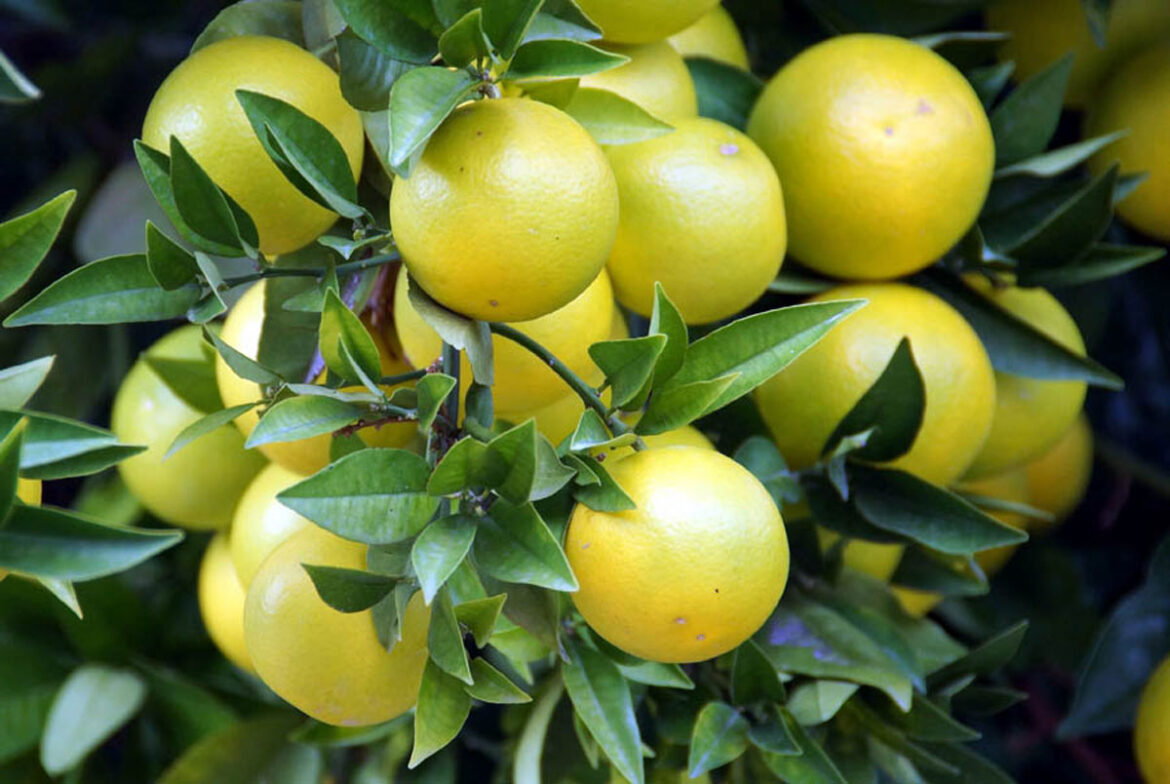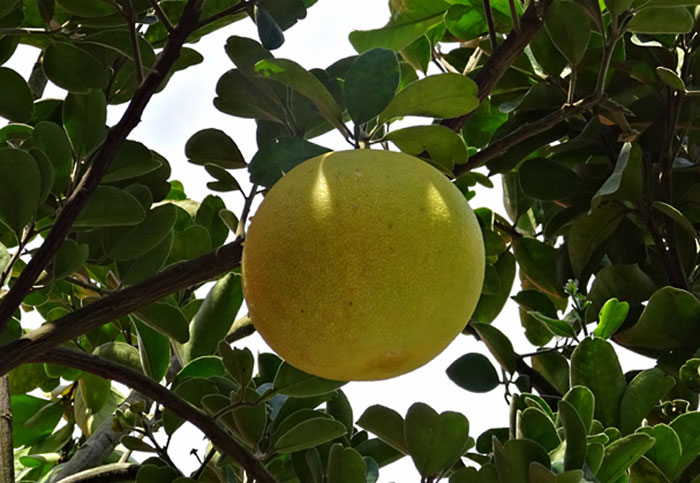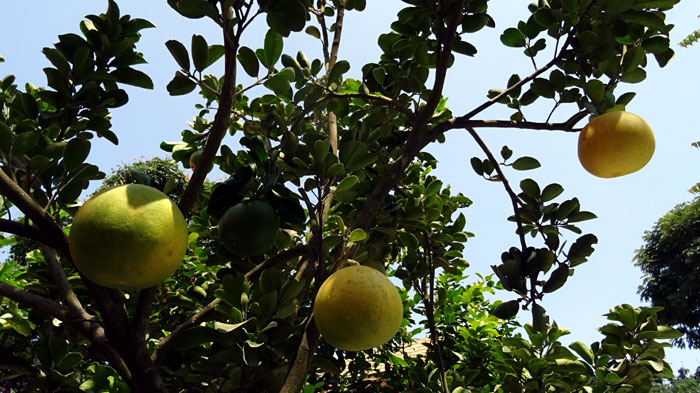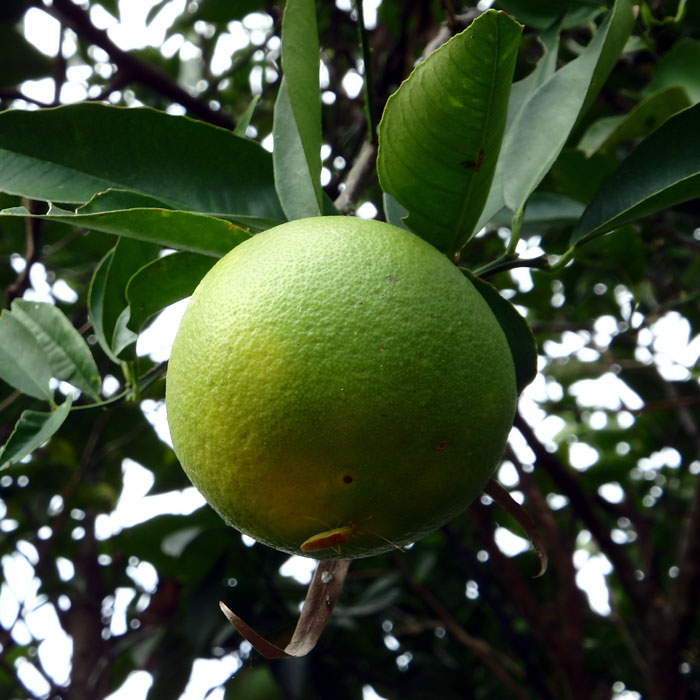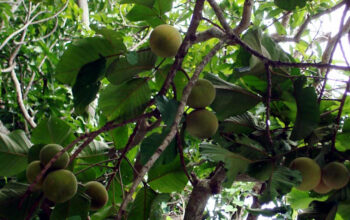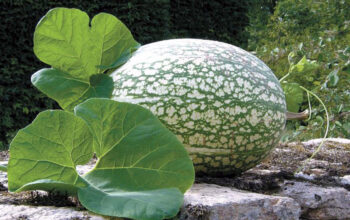Grapefruit tree (pomelo)
The grapefruit tree (Mosambi) is a subtropical citrus tree, you can say relatively more citrus fruits or somewhat bitter or semi-sweet fruits. The interior flesh of the fruit is segmented and acidic, the color varies from pale yellow to dark pink. In this article, we will discuss how to grow grapefruit trees, Pomelo care, growing grapefruit in the yard, and repoting Citrus paradisi.
Overview Pomelo tree
Scientific name Citrus paradisi
Common name Grapefruit, pomelo, pompelmo,
Plant type Fruit
Sun requires Full sun
Soil Well-drained/ loamy soil
Soil Ph Bellow 6.0
Zone 9-11
How to grow and care Grapefruit plant
The tree usually grows to around 5 to 6 meters tall, and the leaves are dark green, long, thin, and glossy. The grapefruit has become a fruit that can be used in the kitchen as an ingredient. Grapefruit can be grown outside or indoors from grapefruit seeds.
You can plant the tree by removing the seeds from a fresh grapefruit, washing them and then pat them dry with a towel, and then pushing the seeds in the soil. Provide the plant with ideal growing conditions and take care of the plant until it grows.
Sunlight
Provide the plant with relatively warm conditions both day and night, to ensure proper growth of the plant. Keep the plant in a sunny and hot spot so that the plant grows quickly. The ideal location for your Citrus paradisi plant is a south-facing window that is covered with sheer curtains, because direct sunlight may burn the plant. The warmth produced by sunlight helps in photosynthesis which results in the development of healthy fruits.
Most varieties of grapefruit plants can be damaged by freezing temperatures. So, during the winter season, mound a bushy layer of leaves around the base of the tree in order to protect the graft point. This new one will grow from this point in case the rest of the tree is killed by a freeze.
Soil
If the soil used is clay-based, then you can improve the soil structure by adding forking and gypsum or large amounts of compost. Grapefruit plant does well in well-draining, loamy soil, and both standard and dwarf grapefruit plants flourish in this type of soil. Heavy clay or poorly draining soil will make the plant growth poor.
Watering
In the initial stage, you should water the plant every few days for the first couple of weeks and keep the soil moist for several weeks when the new plant establishes. When the plant matures, water it deeply once a week, but water the plant more in the dry season. Grapefruit trees like to be dried out between waterings, but do not let the soil dry out completely. Make sure not to overwater the plant, as it can damage the roots and cause root rot.
Temperature
Grapefruit prefer warm weather conditions, and the best temperature for your plant is 60 to 85 degrees Fahrenheit. This type of temperature will grow a healthy grapefruit tree. Fully ripened grapefruit can tolerate temperatures down to 25 degrees Fahrenheit, but a half-ripened grapefruit will not survive even between 27 to 29 degrees Fahrenheit. Areas with stable temperature conditions will produce Mosambi faster than areas that undergo unstable temperatures.
Humidity
To increase the humidity level, you can place it under a large tray pot filled with water and pebbles. You can also place a cool or warm steam vaporizer in order to increase the humidity level around the plant.
Fertilizing
Water the plant once every two weeks with a liquid fertilizer formulated for citrus fruit to replenish the essential nutrients that are necessary for your grapefruit plant, since the potted grapefruit plant depletes the nutrients in the soil quickly. Avoid feeding your plant for its first spring and then lightly feed the plant with an organic fertilizer. You can also use a slow-release fertilizer once a year in early spring.
Repotting pomelo tree
The best time to repot your pomelo plant is during the late winter or early springs. The new container should be deeper and wider than the previous one so that it is big enough to give the roots the space to grow. The pot should have drain holes at the bottom and smooth sides that taper down to the base. For citrus planting, mix one-third of peat moss, one-third of sand, and one-third of sterile potting soil. Put a lot of soil mix at the bottom of the new pot. Water the repotted plant until the soil is moist but it should not be soaked wet.
Read also:
How to grow Asparagus fern. Growing oregano at home. Orchids growing and care tips. Great blue chalk stick growing guide. Use NPK fertilizer on your garden. Growing celery at home. Growing Lemon trees in pots. Pentas flowers growing and care tips. Pea plants growing in containers. 10 Types of indoor cactus. Growing Pears in pots and Pears care.
For pin

